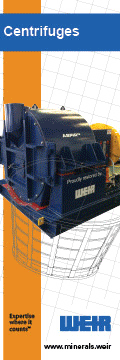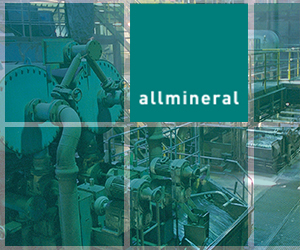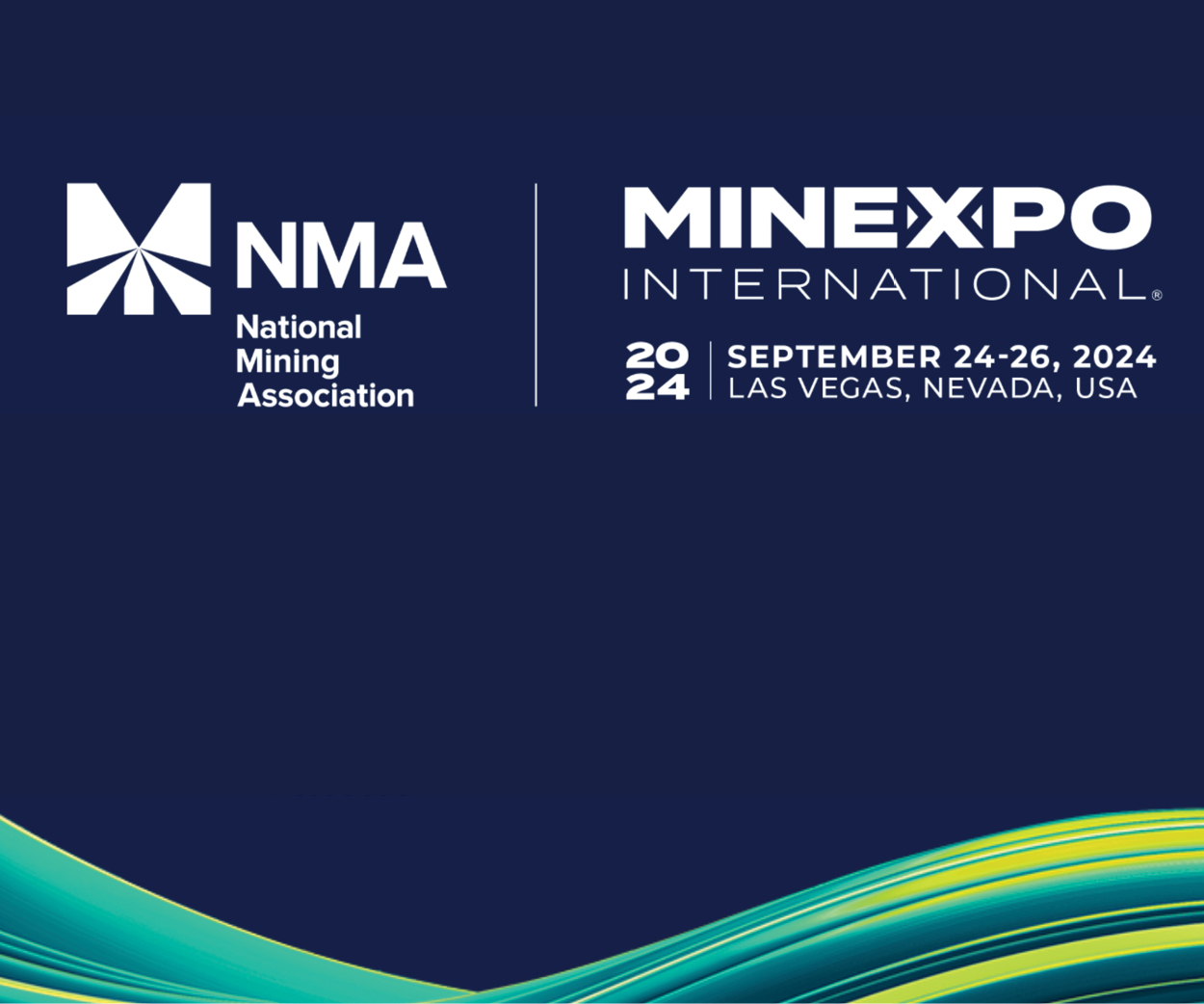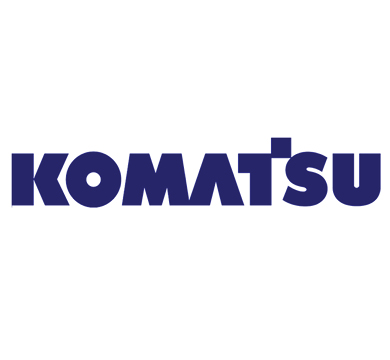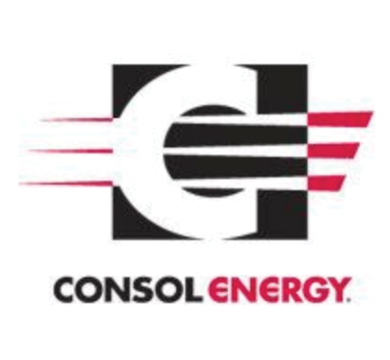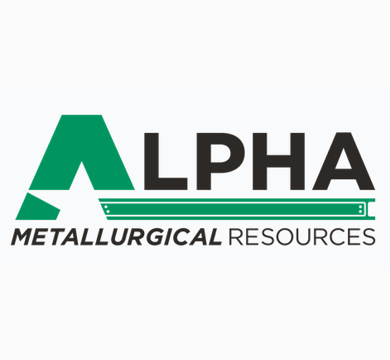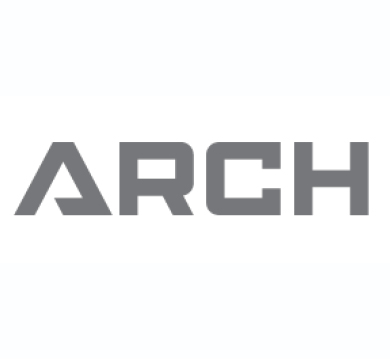Glencore Releases Its Second Climate Action Transition Plan
Glencore has released its second Climate Action Transition Plan (2024-2026 CATP). The company continues to evolve its approach first published in 2020, introduce a new interim industrial emissions reduction target, and lay out plans for the next three years considering the risks and opportunities of its current combined energy and metals businesses.
“Our 2024-2026 CATP reflects a wide range of inputs, including analysis of the evolving market landscape, new regulatory requirements, mining and energy peer approaches, the IEA’s latest modelling, stakeholder inputs, and emerging insights from the most recent UNFCCC dialogue. We have also undertaken extensive engagement with our shareholders and appreciate their time and support as we have developed this CATP,” said Chief Executive Officer Gary Nagle.
“Reflecting on these various inputs, this CATP retains our existing emissions reduction targets, of 15 percent and 50 percent by the end of 2026 and 2035 respectively and our 2050 ambition of achieving net zero industrial CO2e emissions, subject to a supportive policy environment. It also introduces a new interim target of a 25 percent reduction in CO2e emissions for our industrial assets by the end of 2030. We are on track to meet our 2026, 2030 and 2035 emissions reduction targets, all of which are measured against a restated 2019 baseline,” added Nagle.
“Looking ahead, our plan focuses on the delivery of our commitments, including implementing our MACC initiatives (where practicable and economically viable) and responsibly phasing down our thermal coal operations, while also allocating capital to grow our transition-enabling commodities business, and evolving our understanding and assessment of the climate-related risks and opportunities that our business faces,” concluded Nagle.
Glencore has maintained their previous industrial emissions reduction targets and ambition. Their transition plan reaffirms existing targets against a restated 2019 baseline and adds a new interim target, leading towards a 2050 net zero emissions ambition, subject to a supportive policy environment:
• 2026: 15 percent reduction in scope 1, 2, and 3 industrial CO2e emissions against a restated 2019 baseline by
the end of 2026
• 2030: 25 percent reduction in scope 1, 2, and 3 industrial CO2e emissions against a restated 2019 baseline by
the end of 2030
• 2035: 50 percent reduction in scope 1, 2, and 3 industrial CO2e emissions against a restated 2019 baseline by
the end of 2035
Glencore plays an important role in supporting the global transition to a low carbon economy. Across their business, they produce, distribute, and recycle commodities that are key components of current transition technologies while supporting the energy needs of today.
The pace and pathway of decarbonization are heavily influenced by many factors, from geopolitics to technological innovation. Their 2024-2026 CATP must therefore be resilient and flexible to cope with external economic and political factors, while sustaining their own climate targets and ambition. These external factors also highlight the need for global coordination and progressive and well-designed policies that are consistent with a just and orderly transition.
The 2024-2026 CATP reflects a wide range of inputs, from stakeholder engagement to the IEA’s latest modelling to analyzing peer approaches.
The 2024-2026 CATP is comprised of four strategic pillars:
• Managing operational footprint: The company continues to identify and deliver cost-effective emissions reduction opportunities for scope 1 and 2 emissions. While their scope 1 and 2 industrial emissions reflect a small proportion of their overall emissions footprint, these factors are within their control and they are developing solutions to address them, such as electrification and alternative fuel, as well as strengthening monitoring capabilities.
• Responsibly reducing scope 3 industrial emissions: The company remains committed to the responsible phase-down of their coal portfolio. They recognize the different roles of thermal coal and steelmaking coal — and the different transition pathways for both.
Glencore reaffirms their approach to responsibly reduce production of thermal coal in an orderly and just way. As part of this, they are not progressing any greenfield thermal coal investments. They expect a continued phase down of thermal coal plants, reflecting emissions reduction targets, and in line with our just transition principles. They will strive to mitigate impacts and accelerate the social benefit potential of any operational decisions on local communities.
• Advancing tomorrow through transition-enabling commodities portfolio: The expected growth in clean energy and low-carbon technologies is leading to an increased need for transition commodities and they are investing to meet an expected significant increase in demand for these.
• Driving new business models: Glencore is positioning its business for the future through the pursuit of new business models that support the transition, such as recycling and carbon solutions.
Glencore has agreed with Teck Resources to acquire a 77 percent interest in its steelmaking coal business, Elk Valley Resources (EVR), which remains subject to mandatory regulatory approvals and is expected to close by no later than Q3 2024.
Steelmaking coal is an important transition-enabling commodity as it is an essential input into much of the world’s steelmaking in its current form. Steel is necessary for constructing transportation and infrastructure such as ocean-going vessels, rail, bridges and buildings, as well as energy transition infrastructure including wind turbines.
As there was no certainty that any transaction would be agreed when Glencore commenced work on this strategy, and because they do not yet have access to the necessary information relating to EVR, they have developed this strategy considering the risks and opportunities of their current portfolio of their integrated energy and metals business.
Glencore is one of the world’s largest global diversified natural resource companies and a major producer and marketer of more than 60 responsibly-sourced commodities that advance everyday life. Through a network of assets, customers and suppliers that spans the globe, they produce, process, recycle, source, market and distribute the commodities that enable decarbonization while meeting the energy needs of today. Glencore companies employ around 135,000 people, including contractors. With a strong footprint in over 35 countries in both established and emerging regions for natural resources, its marketing and industrial activities are supported by a global network of more than 40 offices. Glencore’s customers are industrial consumers, such as those in the automotive, steel, power generation, battery manufacturing and oil sectors. They also provide financing, logistics, and other services to producers and consumers of commodities.
Be in-the-know when you’re on-the-go!
FREE eNews delivery service to your email twice-weekly. With a focus on lead-driven news, our news service will help you develop new business contacts on an on-going basis.
CLICK HERE to register your email address.
Copyright © 2024 Mining Connection LLC. All rights reserved. This material may not be published, broadcast, rewritten, or redistributed without permission.
For licensing permission, .(JavaScript must be enabled to view this email address)





